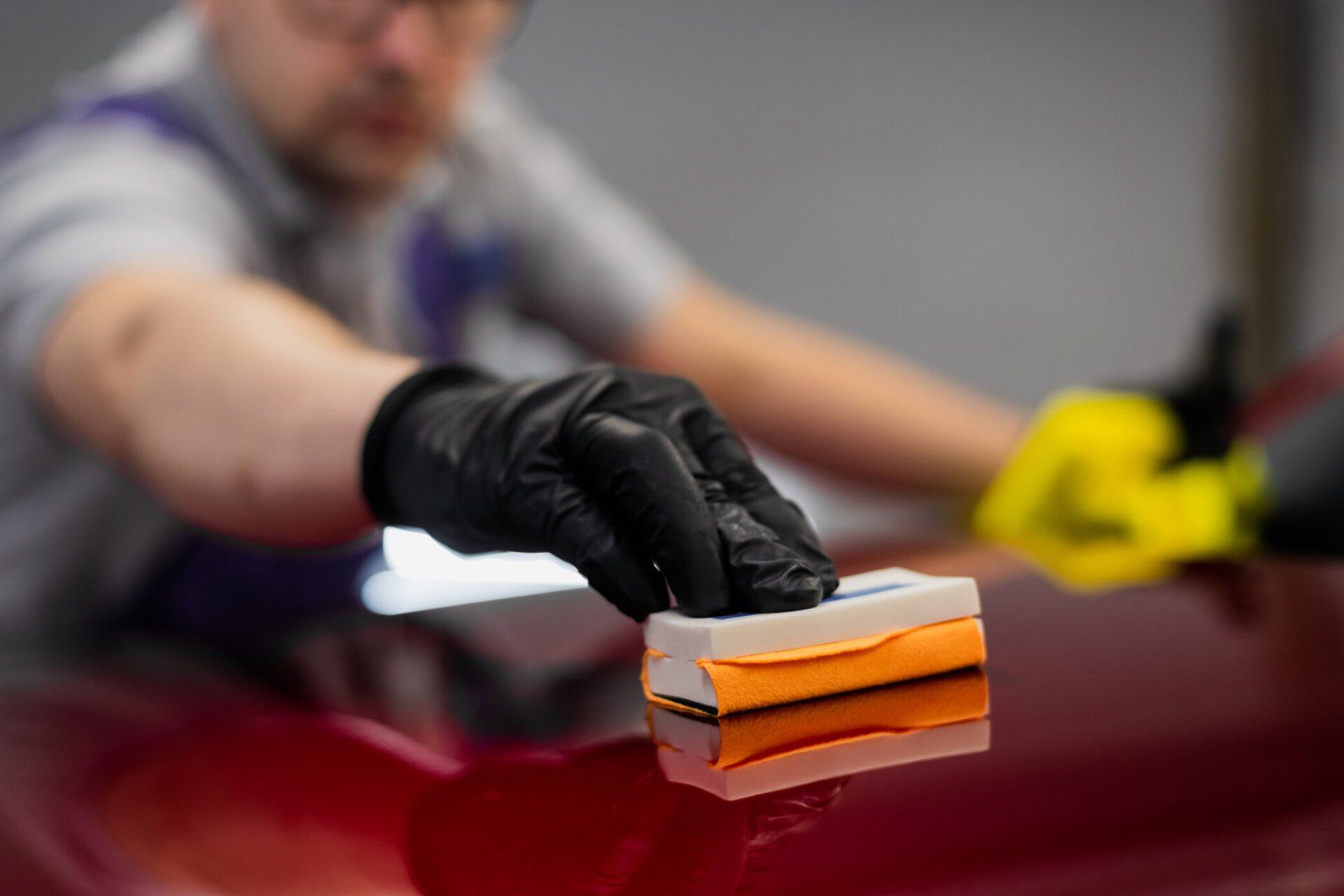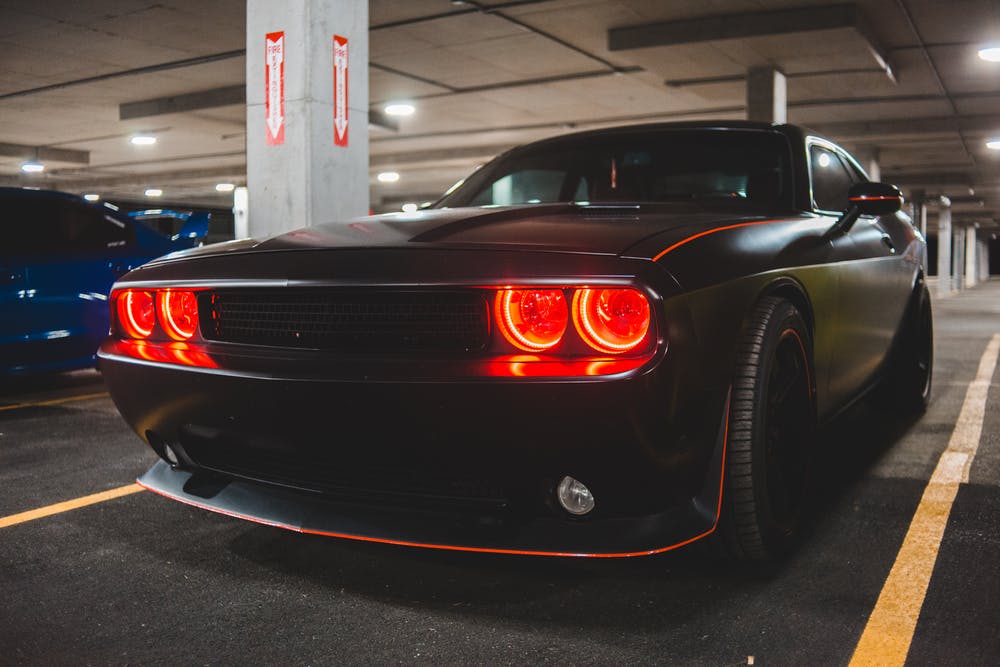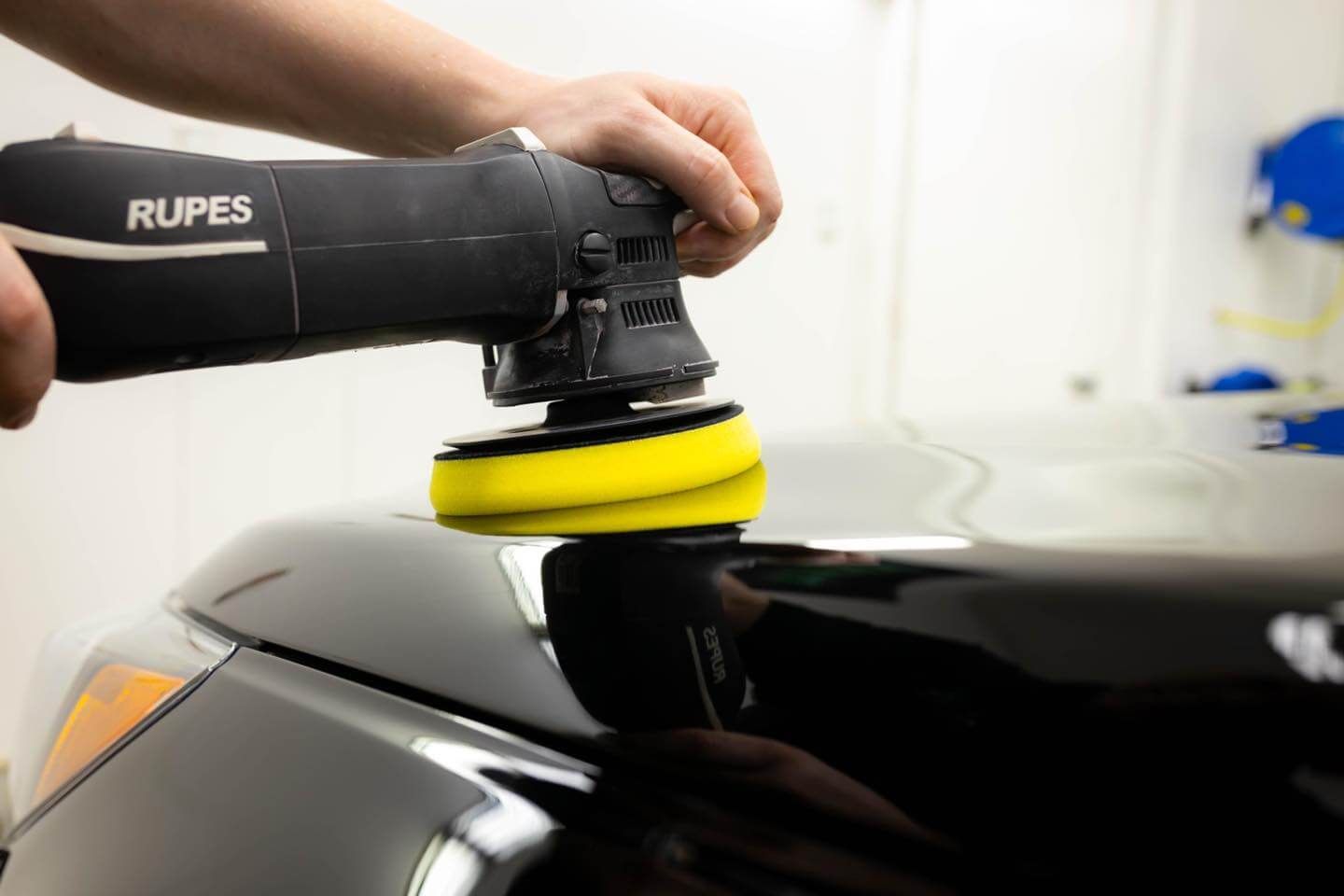Paint correction can remove minor surface scratches, swirl marks, haze, marring, and other flaws. It's also a great way to bring back the radiance of your vehicle’s paintwork!
On current autos, a primer, a base coat, a metallic flake or pearl coat, and a clear topcoat are all standard. The topcoat requires the greatest amount of gentle, loving care. During paint correction, we remove microns of the top clear coat thickness to make it as smooth as possible using specialized machine polishers, professional-grade polishes, and a variety of pads.
Paint correction is widely seen as a luxury or a question of personal taste. It is not necessary for your vehicle's health. Washing, claying, and waxing your car on a regular basis will help to keep it in good condition, but it won’t fix any underlying or severe paintwork issues that are visible on your vehicle’s exterior.
If, on the other hand, you're sick of staring at the damage or errors in your vehicle’s paintwork, paint correction is the way to go. So without further ado, let’s talk about automotive detailing and all the important factors you should consider when it comes to paint correction services.
Leave Paintwork Correction To Professionals
Paint restoration is a time-consuming and labor-intensive operation that takes years of practice to correctly master.
Hiring a respectable and competent detailer is your best bet for achieving the highest quality results during paint correction. Despite the fact that paint correction can sometimes be expensive, it is worth the investment. Plus, it is important to remember that professional detailers will ensure that your paintwork is not damaged during the process. They have years of experience and best understand how to handle tricky paintwork problems and troublesome imperfections.
Restoring Value: Both Aesthetic and Financial
It’s not uncommon to neglect the care of your vehicle, especially when things get a little busy. Whether you have one car or many, the car is an important asset. You must invest in their care and maintenance, whether their paint has faded over time or has been damaged in some way.
Paint correction can restore the sheen of your vehicle to the point where it may feel brand new. Not only that, but paint correction can also boost the monetary value of your car should you decide to sell or trade it. Not only does the process restore its aesthetic value, but it also keeps the value of these financial assets high.
When Is It Time to Get Your Paint Repaired?
If the paint on your automobile is dull or if you see markings that detract from its overall appearance, you might want to consider a paint correction. The color will naturally fade over time. A dull sheen may come from normal wear and tear, including car washes.
Conclusion
For many, their cars are their prized possessions. Whether you own one vehicle or a whole fleet of them, these vehicles will need paint correction eventually. After all, you are responsible for the care and maintenance of your vehicle, which is also an important financial asset.
Are you in need of
car paint correction services? 5 Star Auto Detailing is a full-service auto detailing team that is highly qualified and insured. Our goal is to set the gold standard in Minnesota for paint correction, ceramic coatings, and detailing services for a wide range of vehicles. Schedule a free consultation today!






